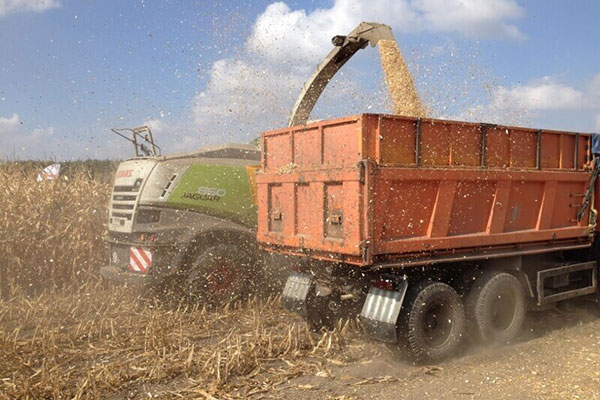For an initial assessment of the silo, sense of sight and smell are sufficient and provide information on the quality of the silage.
The smell of rancid milk or rotten eggs
… is a sign of the presence of butyric acid formed by butyric acid-producing bacteria (clostridiums).
In an anaerobic environment with a sufficiently high pH value, these so-called butyric acid formers transform sugar and protein into butyric acid and ammonia. In order to prevent this, a rapid lowering of the pH value is particularly important.
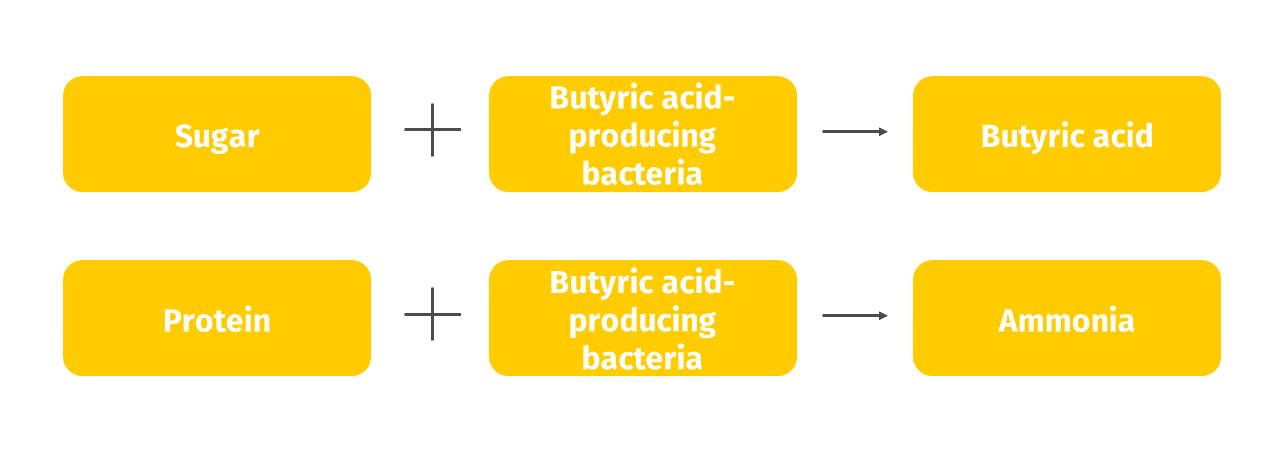
Reasons for the reproduction of butyric acid producing bacteria
Butyric acid producing bacteria can multiply strongly if
- heavily soiled feed is ensiled
- wet or very moist silage is ensiled
- the nitrate content is too low (< 0.4 g/kg dry matter)

Consequences of the presence of butyric acid for the fodder
- Increase in pH, which further promotes the spread of bacteria and clostridiums
- Butyric acid <0.3% DM has a possible distribution to cows
- Loss of energy
- Reduction of protein in silage
? Recommendation: We recommend the use of Josilac®classic or Josilac®grass with the Safety Effect, which enables a controlled fermentation process through the rapid lowering of the pH value. The activity of clostridia and other harmful germs is successfully suppressed.
? Get more tips & tricks on the correct cutting height, harvesting time and silage technique
Reasons for the presence of Enterobacteriaceae
The risk of exponential reproduction of these bacteria increases if
- during ensiling, the air supply is not interrupted in time (too slow covering or leaks), as Enterobacteriaceae prefer an aerobic environment with a relatively high pH
- With a low-sugar content

Consequences of the presence of acetic acid for fodder
- Energy losses
- Ingestion reduction
? Recommendation: Recommendation to quickly close the silo and to use the tarpaulins correctly. Using Josilac® rapidly decreases the pH, thanks to increased activity of the lactic acid bacteria.
? Get more tips & tricks on correct compaction and silage technology
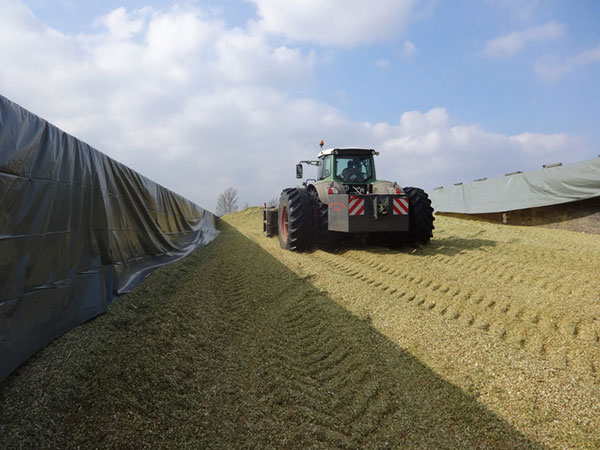
Consequences of decomposition for fodder
- Ingestion reduction
- Energy losses
- Feeding is no longer advisable in cases of advanced rotting

? Recommendation: Cover the silo airtight and well with protective netting to prevent damage to the silage film and associated leakage.
Yeasts are mainly found in silages that are too dry, poorly compacted, with too little daily withdrawal.

Consequences of the presence of alcohol for fodder
- Raising the pH, promoting the growth of other bacteria and pathogenic germs affecting the quality of the fodder
- Increases the risk of overheating
- Impacts palatability
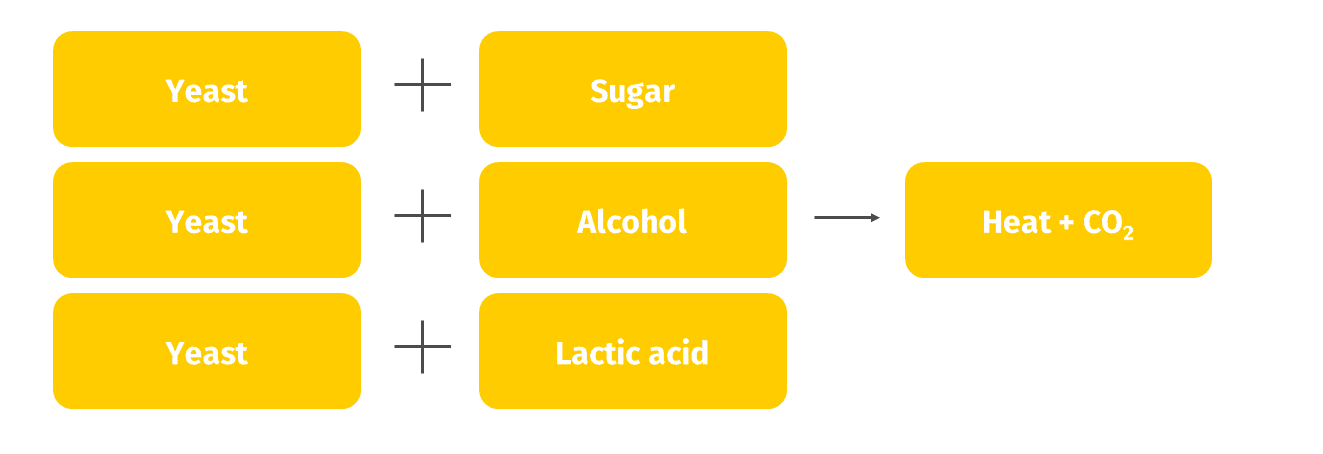

Conditions favouring air intake and therefore yeast activity
- Ensilling in several stages
- Low feed rate
- Very high dry matter content
- Very high fibre content
- High cutting lengths
- Insufficient compaction
Consequences of reheating for feed and animals Loss of energy
- Protein degradation
- Bad smells (alcohol, burnt toast)
- Unpalatable fodder and low intake
- Weakening of the immune system
- Environment favourable to spreading pathogenic germs and moulds
? Recommendation: We recommend the use of Josilac®combi or Josilac®extra with the Safety Effect. This specifically reduces the proliferation of yeasts and moulds by the production of acetic acid. A stable silage as well as lower dry matter losses due to prevention of reheating are the result.
With regard to good professional practice, a dry matter content of max. 35 % should be aimed for in order to be able to compact the silo optimally.
After ensiling, the silo should be closed quickly and completely covered during breaks of more than 12 hours.
Care should be taken to ensure sufficient daily removal.
The presence of mould – Consequences for the quality of silage
… is always a sign of the presence of oxygen and therefore air intake
Favourable conditions for the presence of air and thus the appearance of mould
- Poor compression or high residual oxygen content after preparation
- High dry matter content
- Too long cut
- Insufficient covering and closure of the silo
- Small removal
- Ensilling in several stages
Consequences of the presence of moulds for livestock farming
- Loss of feed due to disposal of heavily mouldy feed
- Presence of mycotoxins
- Fertility problems
- Impairment of milk production or average daily gains
- Diseases in cattle such as diarrhoea or liver and kidney damage
- May lead to additional costs (veterinary surgeon etc.)
Excursus – Do you recognise these types of mould?
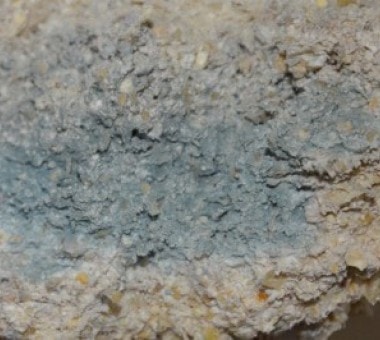
Aspergillus fumigatus
- dark green or black
- diffuse appearance
- development under anaerobic conditions
- No impact on taste
- Risk of toxicity, feeding is not recommended in case of severe infestation

Penicillium roqueforti
- blue, dark green
- dusty appearance
- toxicity hazard with impact on fertility
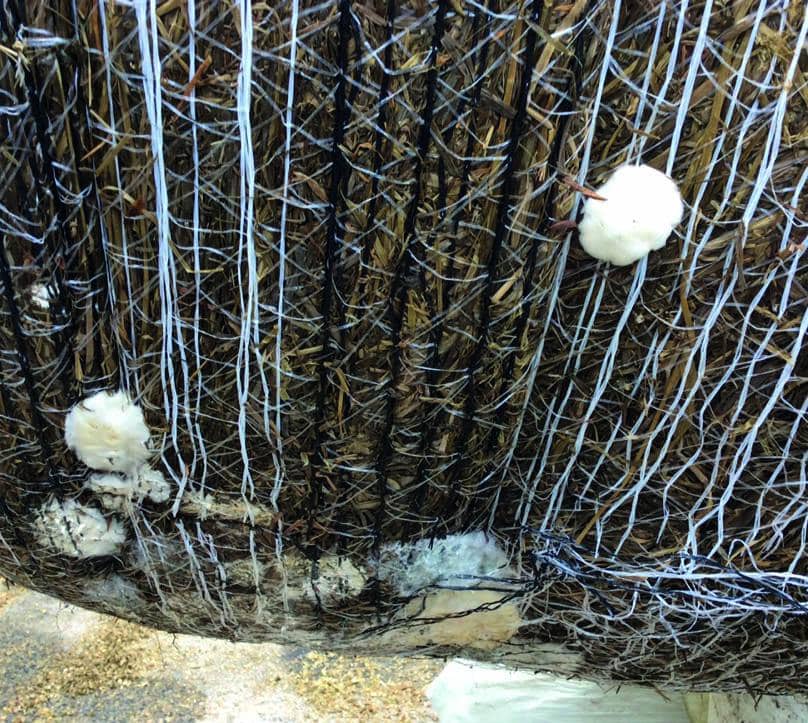
Byssochlamys nivea
- white and dense (maintains its colour even in the air)
- toxicity hazard
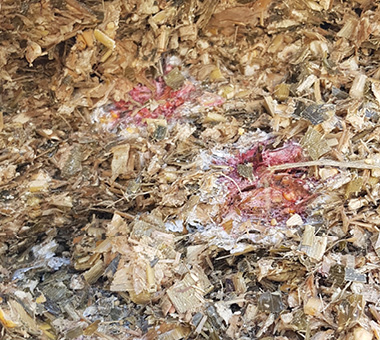
Monascus ruber
- white, then red when sporulating
- impact on appetite
- Can disturb the rumen metabolism and damage the liver and kidneys (Citrinin)
? Recommendation: Close the silo quickly and correctly after ensiling and optimise compaction to prevent air from entering the silo. Ensure that sufficiently large portions of feed are taken out! We recommend the use of Josilac®combi or Josilac®extra with the Safety Effect. By producing acetic acid this specifically reduces the proliferation of yeasts and moulds, whereby a stable silage and lower dry matter losses can be achieved.
You might be interested in the following contents:
NEW: Turbo, Safety and Symbiosis – Effect
Since the market launch and the now 20 year existence of the silage inoculant brand “Josilac”, there has been and is still a constant development and progression process.
Silage management- The path to optimal ensiling
The forage is the most important component in the feeding of dairy cattle. Feed costs account for the largest portion of milk production costs. Forage offers the highest potential for cost optimisation.






 (No reviews available)
(No reviews available)